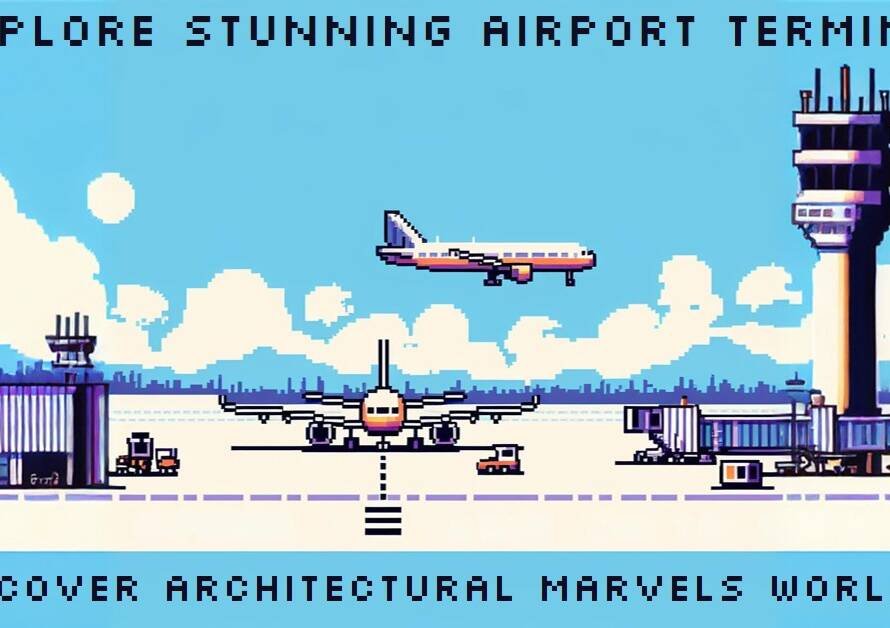
Table of Contents
Introduction to 3D Illustration:
3D Illustration – In the dynamic world of real estate advertising, captivating visuals play a pivotal role in attracting potential buyers and tenants. Among the myriad of visual marketing tools, 3D illustrations stand out as powerful assets that bring properties to life, offering a realistic glimpse into the future for prospective clients. Crafting compelling 3D illustrations requires a blend of creativity, technical prowess, and a deep understanding of the target audience’s preferences. In this comprehensive guide, we delve into the art of creating mesmerizing 3D illustrations tailored for real estate advertising, exploring techniques, tools, and best practices to elevate your marketing game.
Understanding the Essence of 3D Illustrations in Real Estate Marketing
Before delving into the intricacies of 3D illustration creation, it’s crucial to grasp the significance of these visuals in the realm of real estate marketing. Unlike traditional 2D images or blueprints, 3D illustrations offer a holistic view of the property, allowing potential buyers or tenants to envision themselves within the space. By incorporating realistic textures, lighting, and spatial arrangements, 3D illustrations evoke emotions and create a sense of connection with the property, fostering a deeper engagement with the audience.
Choosing the Right Software: Your Gateway to Stunning Visuals
Selecting the appropriate software is the first step towards unlocking your potential in 3D illustration creation. With a plethora of options available in the market, it’s essential to choose a software that aligns with your skill level, project requirements, and budget. Industry-standard software like Autodesk 3ds Max, Blender, and SketchUp offer robust features and extensive libraries, empowering artists to bring their creative visions to life with precision and finesse. Additionally, investing time in mastering the chosen software through online tutorials, workshops, and practice sessions can significantly enhance your proficiency and efficiency in 3D illustration creation.
Gathering Essential Resources: From References to Textures
Adequate preparation is paramount when embarking on a 3D illustration project. Begin by collecting reference images, architectural drawings, and blueprints of the property to ensure accuracy and authenticity in your renderings. These references serve as guiding beacons throughout the creative process, aiding in spatial comprehension and detailing. Moreover, assembling a diverse collection of high-quality textures, including wood, stone, glass, and metal, enriches your illustrations, lending them a sense of realism and depth. Utilize online resources, texture libraries, and photography to procure textures that complement the aesthetics of the property and resonate with the target audience.
Mastering Lighting Techniques: Illuminating Your Creations with Brilliance
Lighting plays a pivotal role in shaping the ambiance and mood of your 3D illustrations. By mastering lighting techniques, you can breathe life into your creations, accentuating key features and eliciting emotive responses from viewers. Experiment with various lighting setups, including natural light, artificial fixtures, and ambient occlusion, to achieve the desired atmosphere and realism. Additionally, leverage the power of global illumination and HDR imaging to simulate real-world lighting conditions, imbuing your illustrations with authenticity and vibrancy. Remember to strike a balance between light and shadow, highlighting focal points while maintaining overall harmony and coherence in your compositions.


Harnessing the Power of Composition: Guiding the Viewer’s Gaze
Composition serves as the backbone of visual storytelling in 3D illustrations, directing the viewer’s gaze and conveying key messages effectively. Adopting principles of balance, symmetry, and proportionality, you can create compositions that captivate and engage your audience from the first glance. Experiment with different camera angles, perspectives, and focal lengths to find the optimal composition that showcases the property in its best light. Pay attention to leading lines, framing elements, and focal points to guide the viewer’s eye towards the most compelling aspects of the illustration, fostering a seamless narrative flow and visual hierarchy.
Injecting Personality: Infusing Character into Your Renderings
Incorporating elements of personality and lifestyle into your 3D illustrations adds depth and resonance to the visual narrative, allowing viewers to envision themselves within the depicted space. Integrate furniture, decor, and human figures strategically to create a sense of scale, functionality, and lived experience. Consider the demographics and preferences of your target audience when selecting furnishings and decor styles, tailoring the visual presentation to resonate with their aspirations and desires. Whether it’s a cozy family living room or a sleek modern kitchen, infusing personality into your renderings enhances relatability and emotional connection, compelling viewers to imagine themselves inhabiting the space.
Optimizing for Different Platforms: Ensuring Compatibility and Accessibility
In the era of omnichannel marketing, it’s essential to optimize your 3D illustrations for various platforms and devices to maximize reach and impact. Prioritize compatibility with popular rendering engines, file formats, and software applications to facilitate seamless integration into websites, social media platforms, and marketing collaterals. Additionally, consider the performance implications of your illustrations, optimizing file sizes and rendering settings to ensure swift loading times and smooth user experiences across different devices and bandwidths. By embracing versatility and adaptability in your creations, you can amplify the visibility and effectiveness of your real estate advertising campaigns across diverse digital landscapes.
Continuous Learning and Innovation: Nurturing Growth and Excellence
The journey of mastering 3D illustration for real estate advertising is an ongoing process fueled by curiosity, creativity, and dedication. Embrace a growth mindset and remain receptive to feedback, critique, and emerging trends in the industry. Invest in continuous learning through workshops, seminars, and online courses to stay abreast of the latest tools, techniques, and best practices in 3D rendering and visualization. Moreover, foster a spirit of innovation and experimentation, pushing the boundaries of your creativity and challenging conventional norms to carve a distinct niche in the competitive landscape of real estate advertising. Remember, excellence is not a destination but a continuous pursuit fueled by passion and perseverance.
Conclusion: Elevate Your Real Estate Advertising with Mesmerizing 3D Illustrations
In conclusion, mastering the art of creating captivating 3D illustrations for real estate advertising requires a harmonious blend of creativity, technical proficiency, and strategic thinking. By understanding the essence of 3D visuals, choosing the right software, gathering essential resources, mastering lighting techniques, harnessing the power of composition, injecting personality, optimizing for different platforms, and embracing continuous learning and innovation, you can elevate your marketing game and captivate your audience with immersive visual narratives. So, unleash your imagination, hone your skills, and embark on a transformative journey towards advertising excellence in the realm of real estate.


